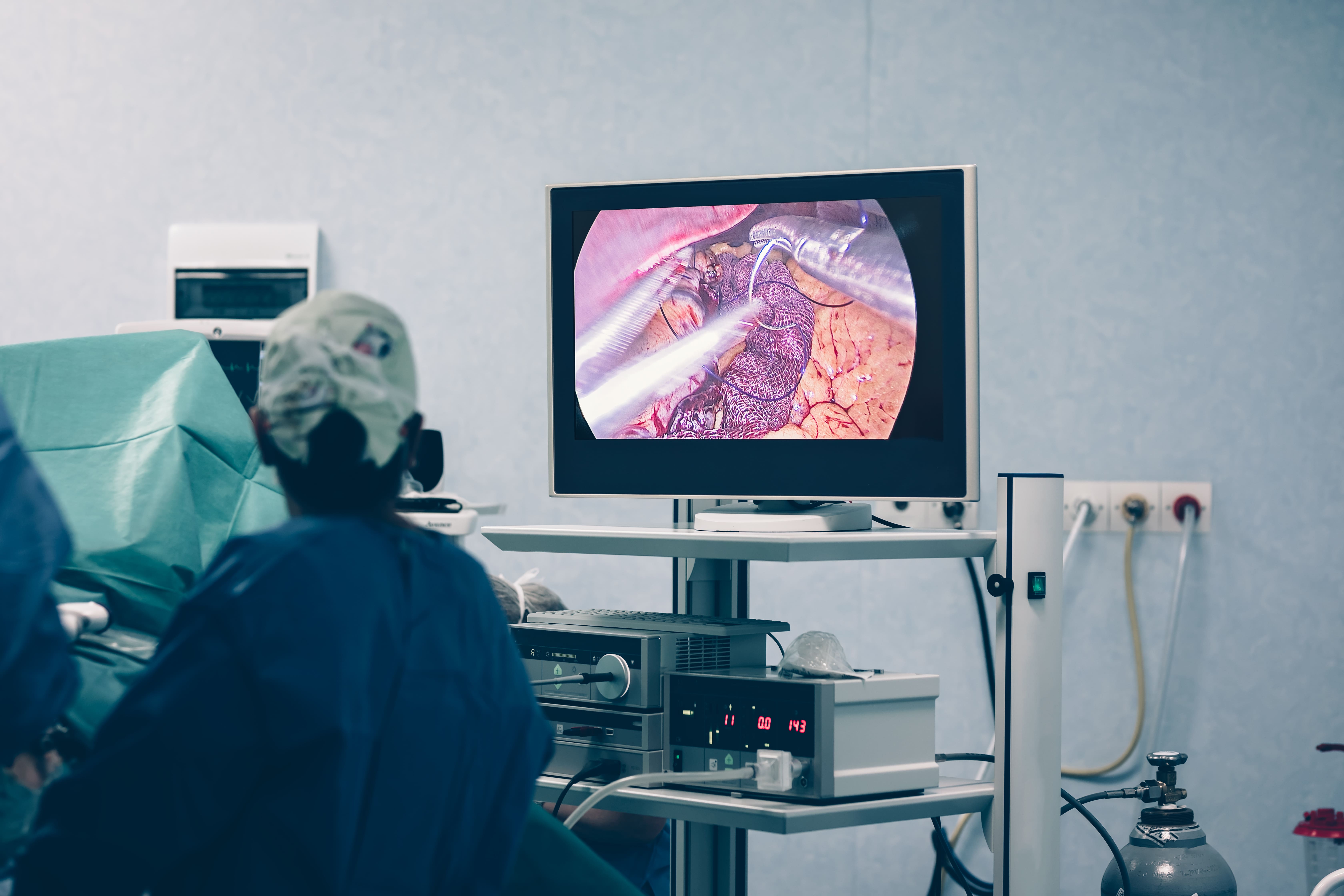
Understanding Lap Band Removal: When and Why It’s Needed
Weight loss surgery has helped countless people achieve their health goals, and the Lap Band procedure was once one of the most popular options. However, not every patient experiences long-term success with this method. Over time, some may find that their Lap Band is no longer effective or causes discomfort, prompting the need for removal. Understanding when and why Lap Band removal is necessary can help you make informed decisions about your health and weight management journey.
What Is a Lap Band and How Does It Work
A Lap Band, also known as a gastric band, is a device surgically placed around the upper part of the stomach to create a small pouch. This restricts food intake, helping patients feel full faster and consume fewer calories. The band’s tightness can be adjusted by adding or removing saline through a small port placed under the skin. This adjustability allows for personalized control over weight loss progress.
While this method has helped many individuals lose weight, it requires ongoing follow-ups and careful management. Over time, the band can lose its effectiveness or cause complications, making removal a necessary option for some patients.
Common Reasons for Lap Band Removal
There are several medical and lifestyle reasons why a Lap Band might need to be removed. Understanding these causes can help you identify when it’s time to consult a bariatric specialist.
1. Inadequate Weight Loss or Weight Regain
Some patients find that despite adjustments, the Lap Band does not lead to the desired weight loss results. Others may regain weight after initial success. In such cases, removal may be recommended to explore other, more effective surgical options such as gastric sleeve or gastric bypass.
2. Band Slippage or Erosion
The Lap Band can sometimes slip out of place, causing nausea, vomiting, or difficulty swallowing. In rare cases, the band may erode into the stomach tissue, leading to pain or infection. Both of these conditions require surgical removal to prevent further complications.
3. Chronic Nausea and Vomiting
Persistent nausea, vomiting, or acid reflux can be signs that the band is too tight or has shifted. When these symptoms do not improve with adjustments, removal becomes necessary to restore comfort and prevent damage to the esophagus or stomach.
4. Difficulty Eating or Swallowing
If patients find it hard to tolerate solid foods or frequently feel food getting stuck, it may indicate a problem with the Lap Band’s position or function. These issues can severely affect nutrition and quality of life, prompting the need for removal.
5. Infection or Port Problems
The port through which saline is added can sometimes become infected or leak. Repeated infections or mechanical problems with the port system often lead to the decision to remove the entire device.
The Lap Band Removal Procedure
Lap Band removal is typically performed laparoscopically, meaning it requires only small incisions. The surgeon carefully releases and removes the band and port system. Depending on the patient’s condition and long-term goals, this procedure can be performed alone or as part of a revision surgery to another weight loss method.
Recovery from Lap Band removal is usually quicker than the original procedure, but it varies from person to person. Most patients can return to normal activities within a few days to a week. Your surgeon will provide personalized instructions to ensure a safe and smooth recovery.
Life After Lap Band Removal
After the Lap Band is removed, patients may notice changes in appetite and weight. Without the restriction provided by the band, it’s important to follow a balanced diet and maintain a healthy lifestyle. Some individuals choose to undergo a different type of bariatric surgery to continue their weight loss journey. Others may focus on medical weight management and nutrition counseling.
Your doctor will help you decide the best next step based on your goals, medical history, and the reason for removal. The key is to maintain long-term support and guidance to sustain your results.
When to Consult a Specialist
If you are experiencing persistent discomfort, digestive issues, or feel that your Lap Band is no longer effective, it’s essential to schedule a consultation with a qualified surgeon. Early evaluation can prevent complications and provide you with the right treatment options for your situation.
Schedule Your Consultation
At Buitrago Aesthetics, we specialize in helping patients achieve safe and lasting weight loss results through personalized care. Whether you are experiencing complications or considering a change, our experts can assess your condition and guide you toward the best solution. Schedule a consultation today to learn more about Lap Band Removal in Baytown, TX and how we can support your continued wellness journey.


%201.png)
%201%20(Traced).png)